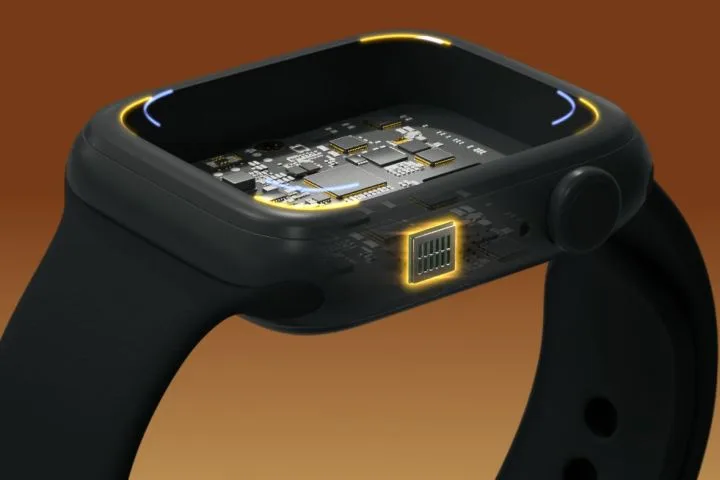Picture this: the convenience of placing your wired speakers in any room with a power outlet, sparing yourself from the headache of trailing speaker cables through walls or carpets. This is the innovative vision of Audio Cu, created by Fasetto, a tech company based in Scottsdale, Arizona.
Audio Cu leverages the existing electrical wiring in your home to deliver up to ten channels of lossless, high-resolution audio at 24-bit/192 kHz. This signal is sent from a single transmitter to multiple receivers. Recently, Fasetto gained Dolby Atmos certification from Dolby Labs for Audio Cu, marking them as the first manufacturer to achieve this in the audio-over-power-line market.
As an interesting note, “Cu” is the chemical symbol for copper, a material commonly used in speaker and power cables for its outstanding conductivity.
While using electrical lines for data transmission is not a novel concept—companies like TP-Link offer power line networking products as alternatives to Ethernet and Wi-Fi—there has yet to be a widespread solution dedicated solely to delivering multichannel, multiroom audio. This gap is likely due to the complexities of creating fast and reliable connections over wiring not originally designed for this purpose.
Issues like latency or packet loss during data transfer can severely degrade audio quality in home theater systems. However, Fasetto claims that it is the only company successfully navigating these challenges, ensuring data flows smoothly over power lines in any setting. If true, this is quite a significant breakthrough. I’ve tried a power line networking solution to link my home office to my garage, which generally performs well. However, it tends to drop out whenever the ceiling fan in my office is turned on.
According to Fasetto founder and CEO Coy Christmas, “Users can now experience high-fidelity Dolby-certified audio through speakers or subs connected over power lines, resulting in minimal latency and exceptional sound.” He emphasized that this allows users to set up their home audio systems wherever they want without needing cumbersome speaker wires, sidestepping issues related to structural barriers and RF interference. He argues it’s vastly superior to existing audio solutions that rely on Wi-Fi, Bluetooth, or WiSA.
Tackling the latency and interference obstacles associated with power line audio is impressive, but what will really attract audiophiles is the ability to continue using their preferred wired speakers. Many competing wireless solutions typically require users to invest in new powered speakers or are designed specifically as add-ons for such products.
That said, one critical detail that enthusiasts will likely seek is the power output of each Audio Cu receiver. So far, Fasetto hasn’t disclosed this information.
The Audio Cu setup is straightforward: the transmitter connects to a power outlet and any device with an HDMI output, while the receivers plug into power outlets and feature standard red and black speaker cable terminals for connecting to speakers.

Fasetto claims users can configure their audio preferences via a mobile app, eliminating the need for an AV receiver. However, with just a single HDMI ARC/eARC input and no support for AirPlay, Google Cast, or Bluetooth, it doesn’t offer the same level of flexibility as a traditional AV receiver.
Moreover, the company asserts that multiple transmitters can coexist in one household—up to 32 channels can be utilized, each with distinct audio sources and receivers, without causing any interference.
Interestingly, Fasetto isn’t merely marketing Audio Cu as an easy alternative for typical users. They’ve also developed software that allows professional installers to remotely monitor the performance of Audio Cu components for troubleshooting assistance.
Currently, Fasetto is working on bringing Audio Cu transmitters and receivers to market. Specific details on availability and pricing are yet to be revealed; however, there’s potential for the company to license this innovative technology to television and speaker manufacturers.
For powered speakers that need to be plugged into an outlet, the integration of Audio Cu technology is an intriguing concept. WiSA has already adopted a similar approach with brands like LG, Bang & Olufsen, and Klipsch.










